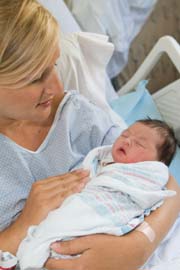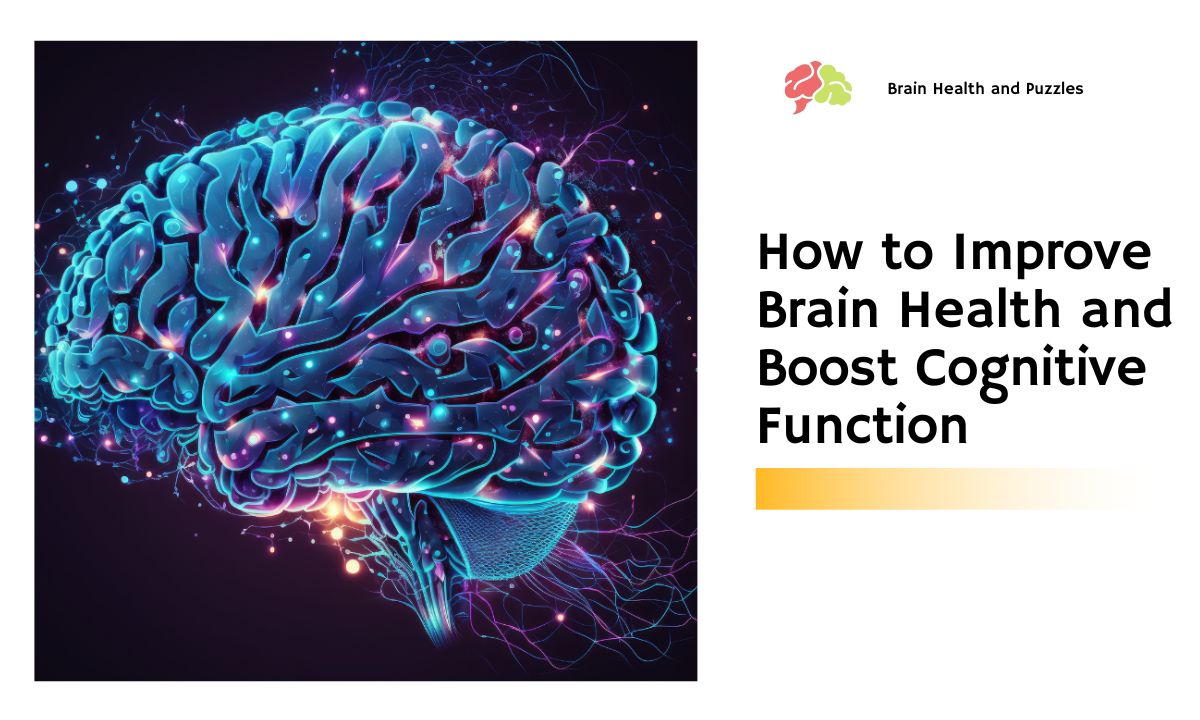Postnatal Brain Development – What’s Happening After Birth

After birth, there is plenty of postnatal brain development ahead. Although all the neurons in the cortex of the brain are produced before birth, the connections they’ve made with each other are weak and need reinforcement. The connections present at birth are only those necessary for basic survival.
All the other synaptic connections are formed after birth. At birth, the lower portion of the brain is well developed but the upper portion of the brain is still immature. This still-developing part of the brain includes the major part of the brain, the cerebral cortex which is responsible for our voluntary actions, emotions, and memories.
Making Connections
 At birth, the proportion of the brain to body is more than that in adulthood. The weight of a baby’s brain at birth is approximately 300 grams, whereas when her brain is fully developed as an adult, it will weigh approximately 1400 grams. As the brain grows it becomes denser and by the age of 3, it reaches about 90% of its adult size. The brain will reach its adult capacity at around the age of 9-14 years.
At birth, the proportion of the brain to body is more than that in adulthood. The weight of a baby’s brain at birth is approximately 300 grams, whereas when her brain is fully developed as an adult, it will weigh approximately 1400 grams. As the brain grows it becomes denser and by the age of 3, it reaches about 90% of its adult size. The brain will reach its adult capacity at around the age of 9-14 years.
During this period, there will be a large increase in the number of neurons, the number of supporting cells, the development of tree-like projections called dendrites from neurons, and the connections that are formed with neighboring dendrites. These newly formed connections are then insulated in a sheath of fatty myelin for protection.
Environment Takes Over
Only the basic foundations of the brain are formed before birth. Postnatal brain development takes place from the bottom up. The brain stem and midbrain which monitor the involuntary functions are the first to develop, as they are crucial for survival. The last parts to eventually develop are the limbic system which controls the emotions and then the cerebral cortex, which is the organ of cognitive controls.
At this point, the brain is basically formed and genetics hands over the reigns of brain development to the environment. In the deluge of new information that the baby is exposed to after birth, many new connections are constantly being laid down. The brain is really a sponge at this moment, as it absorbs new senses and experiences. These enable the child to recognize smells, colors, familiar touches, and people who are frequently seen, especially mom.
Factors Affecting Postnatal Brain Development
- Active Stimulation – receiving encouraging stimulus enhances learning ability, whereas the opposite suppression, negligence, and abuse during infancy and early childhood will lead to retarded growth.
- Plasticity – The ability of the brain to change and adapt to our environment. When there is a stimulus, a new synapse (connections between the nerves) is created. As the stimulus is applied repeatedly, the synapse is strengthened. If it is either not in use or suppressed, the synapse is discarded. Thus in the beginning of childhood, there are more than 1000 trillion synapses, which are many more than is required. As the child grows, many are pruned.
- Development of Memories – Another form of adaptation of the brain to its environment is the creation of memories. But these can be both a blessing and a curse. Developing good early memories will make us optimistic, but the early bitter or negligent memories have given us a negative attitude towards life. However, mild to moderate stress in childhood will prepare us to adjust to the real world.
Teach At The Right Time
Research done of the development of brain has shown that there are ‘development stages or windows’ for different functions of the brain. For example, emotional development occurs between 0-2 years, mathematics and logic between 0-4 years, and language at 0-10 years. Parents and educators can make use of these postnatal brain development windows to maximize the development of these functions in the brain.



